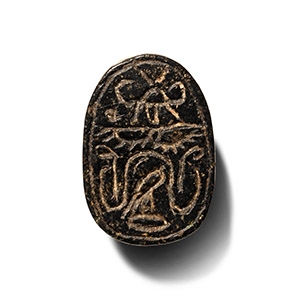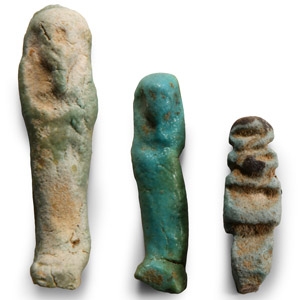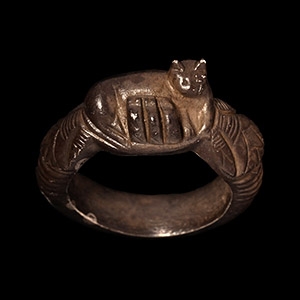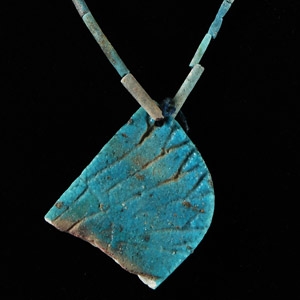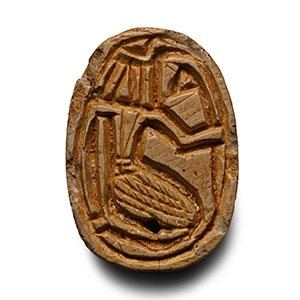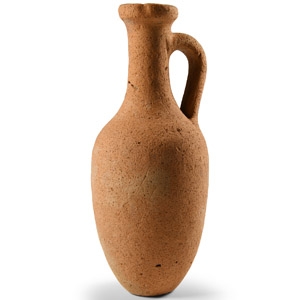Home > Auctions > 4 June - 8 June 2024
Ancient Art, Antiquities, Natural History & Coins
Auction Highlights:
Acquired from a licenced dealer in Cairo, Egypt, prior to 1975.
On loan to Walton Primary School as an educational exhibit circa 2001.
Property of a private collector, Walton on the Naze, UK.
Please note that this item is for collection only.
Ex North London gentleman's collection, 1990s.
Property of a Cambridgeshire, UK, gentleman.
From an early to mid 20th century collection, West country, UK.
From the Florence Rosetti collection, UK, circa 1950s.
Property of a Cambridgeshire, UK, gentleman.
Cf. Tinius, I., Altägypten in Braunschweig. Die Sammlungen des Herzog Anton Ulrich-Museums und des Städtischen Museums, Wiesbaden, 2011, p.157, no. 294, for similar.
This miniature sow pendant features a loop at the top and was worn as an amulet. The sow is often associated with the sky goddess Nut, who was believed to give birth to the stars every night, and then consume them at dawn. Despite the sow's reputation for devouring its offspring, Nut, in this form, was revered as a nurturing and safeguarding deity. A sow-shaped amulet was likely intended to offer protection to its wearer.
From the H.N. collection, Milton Keynes, Berkshire, UK, 1990s.
Shabti figures were created to carry out heavy manual tasks on behalf of a person in the afterlife. From the Third Intermediate Period into the Late Period burials were often provided with several hundred shabtis.
From the Fadel family collection, London, UK, 1970s.
Cf. Petrie, W.M.F., Button and Design Scarabs, London, 1925, pl. IX, nos. 302-304, for similar examples.
Ex London, Mayfair, UK, gallery.
Property of a North London, UK, gentleman.
From the collection of Doctor Girard, a collector for over 60 years.
with Hotel des Ventes de Clermont-Ferrand, 22 May 2017.
Property of a French collector.
Cf. Andrews, C., Amulets of Ancient Egypt, London, 1994, item 25(d), for type.
The papyrus column or wadj amulet is typically made out of turquoise feldspar or faience, as is prescribed in the Book of the Dead. The word wadj, meaning “green”, evokes concepts of well-being and vitality. Papyrus amulets were often placed around the neck of the deceased to ensure eternal youth in the afterlife. The ram's head is associated with the god Amun and the Atef crown with Osiris, ruler of the Underworld.
Ex London, UK collection, 1990s.
Cf. Chadour, A.B., Rings. The Alice and Louis Koch Collection, volume I, Leeds, 1994, item 25, for type.
The cat was sacred to Bastet, a protective mother goddess and the daughter of the sun god Re. When shown with kittens, as here, Bastet's maternal role as a fierce protector of offspring is emphasised.
From an old English deceased estate.
Acquired on the London art market in the early 1990s.
Property of a London, UK, collector.
From the private collection of P. Champman.
Acquired 1992.
Ex C.J. Martin, London, UK.
Cf. Ben-Tor, D., The Scarab: A Reflection of Ancient Egypt, Tel Aviv, 1993, p.70, for scarabs with a similar theme.
From the H.N. collection, Milton Keynes, Berkshire, UK, 1990s.
313 - 324 of 2809 LOTS

.jpg)

.jpg)
.jpg)
.jpg)

